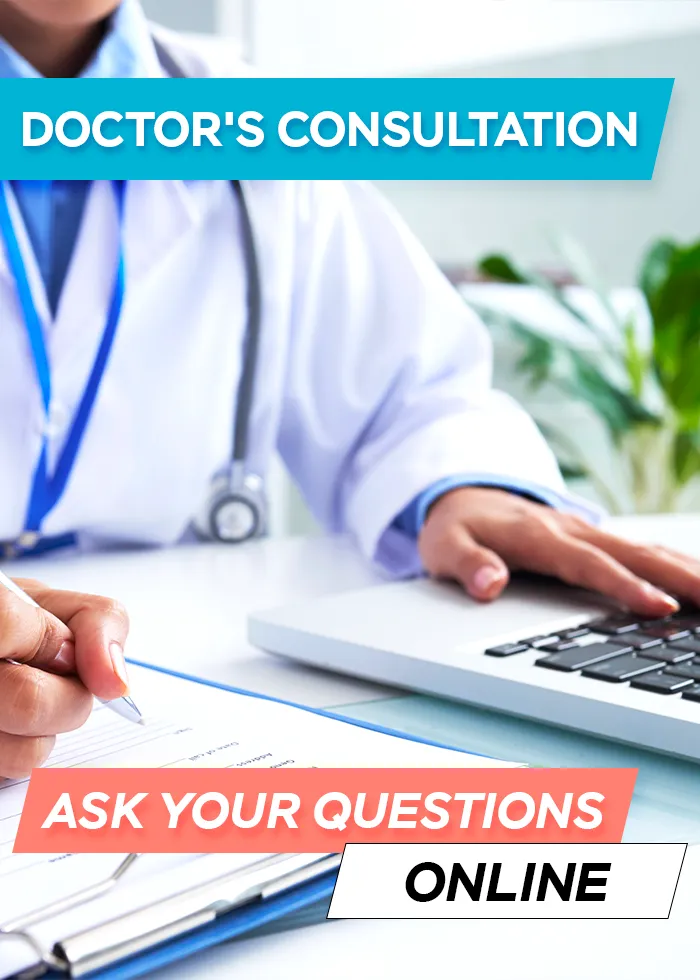Anticandida Candida Albicans What is Candida Albicans?
Symptoms of Candida fungus in initial and chron...
How to recognize the first signs and symptoms of fungal infection and how to ...
Read moreFungal infection - 5 stages of Candida infectio...
If you have fungi in your body, this article will help you understand your st...
Read moreAnti-Candida protocol: cleansing from fungi and...
Start your cleansing course for fungi and parasites right now! Get rid of int...
Read moreCauses of Candida infection and Candidiasis
In this article, the causes of infection by Candida and other types of parasi...
Read more




